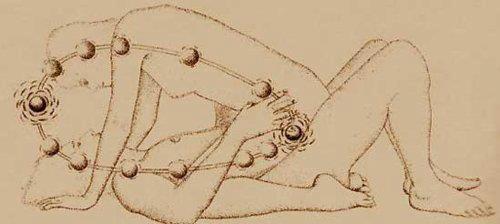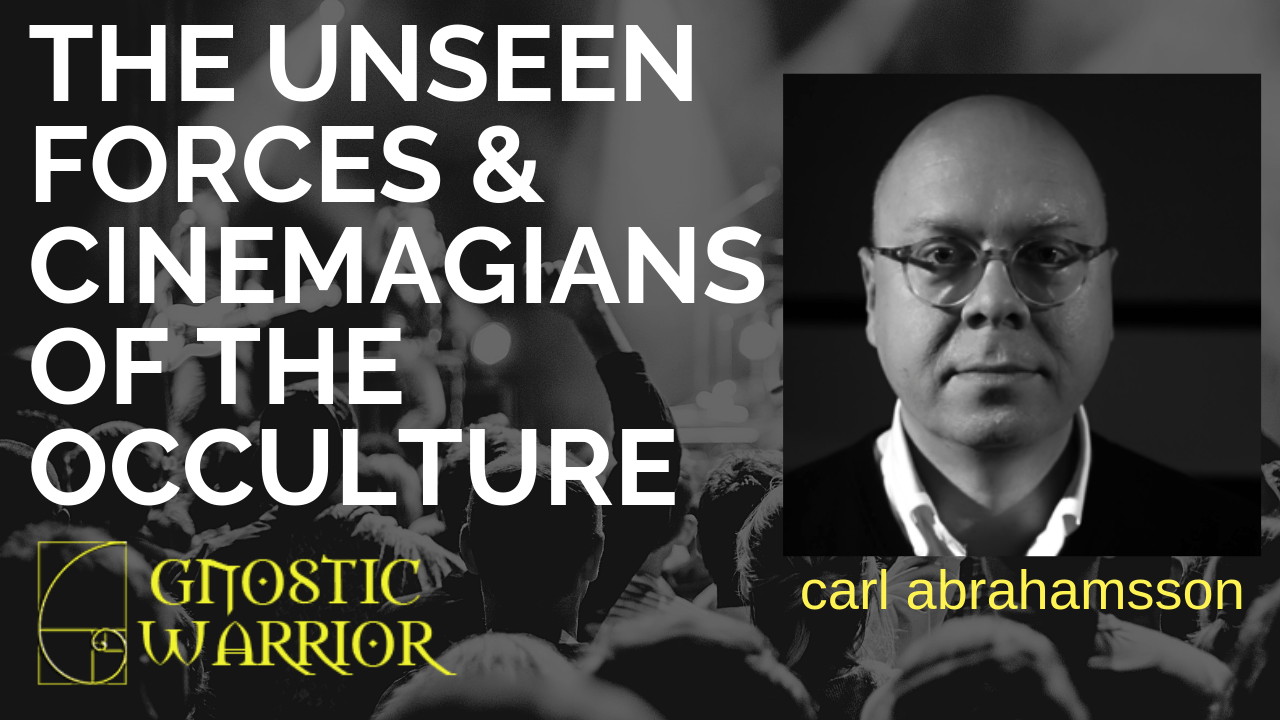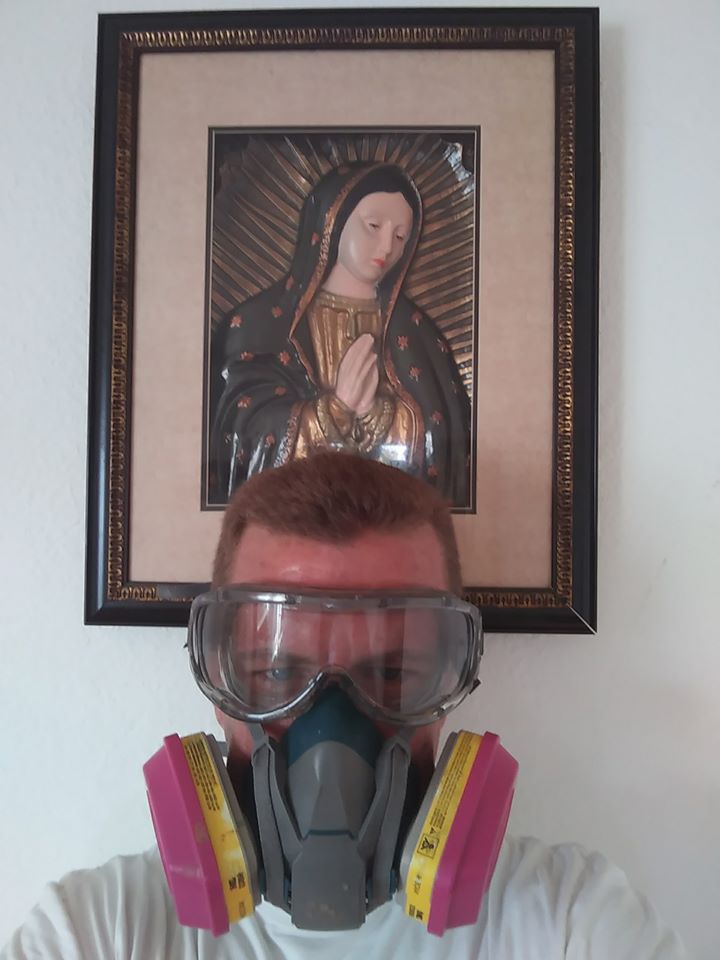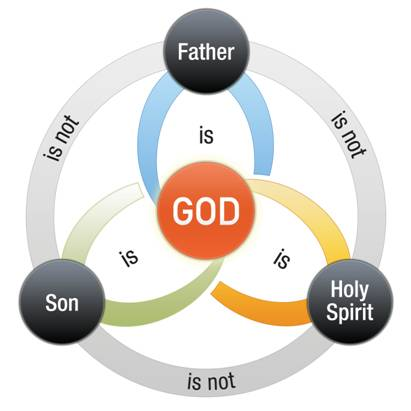After expending their energy on such puerile theories as “unconscious cerebration,” “involuntary muscular contraction,” and the sublimely ridiculous one of the “cracking knee-joints” (le muscle craqueur); after meeting ignominious failures by the obstinate survival of the new force, and finally, after every desperate effort to compass its obliteration, these filii diffidentiae — as St. Paul calls their class — thought best to give up the whole thing in disgust. Sacrificing their courageously persevering brethren as a holocaust on the altar of public opinion, they withdrew in dignified silence. Leaving the arena of investigation to more fearless champions, these unlucky experimenters are not likely to ever enter it again. It is easier by far to deny the reality of such manifestations from a secure distance, than find for them a proper place among the classes of
Page 46
natural phenomena accepted by exact science. And how can they, since all such phenomena pertain to psychology, and the latter, with its occult and mysterious powers, is a terra incognita for modern science. Thus, powerless to explain that which proceeds directly from the nature of the human soul itself — the existence of which most of them deny — unwilling at the same time to confess their ignorance, scientists retaliate very unjustly on those who believe in the evidence of their senses without any pretence to science.
“A kick from thee, O Jupiter! is sweet,” says the poet Tretiakowsky, in an old Russian tragedy. Rude as those Jupiters of science may be occasionally toward us credulous mortals, their vast learning — in less abstruse questions, we mean — if not their manners, entitles them to public respect. But unfortunately it is not the gods who shout the loudest.
The eloquent Tertullian, speaking of Satan and his imps, whom he accuses of ever mimicking the Creator’s works, denominates them the “monkeys of God.” It is fortunate for the philosophicules that we have no modern Tertullian to consign them to an immortality of contempt as the “monkeys of science.”
But to return to genuine scientists. “Phenomena of a merely objective character,” says A. N. Aksakof, “force themselves upon the representatives of exact sciences for investigation and explanation; but the high-priests of science, in the face of apparently such a simple question . . . are totally disconcerted! This subject seems to have the privilege of forcing them to betray, not only the highest code of morality — truth, but also the supreme law of science — experiment! . . . They feel that there is something too serious underlying it. The cases of Hare, Crookes, de Morgan, Varley, Wallace, and Butleroff create a panic! They fear that as soon as they concede one step, they will have to yield the whole ground. Time-honored principles, the contemplative speculations of a whole life, of a long line of generations, are all staked on a single card!”
In the face of such experience as that of Crookes and the Dialectical Society, of Wallace and the late Professor Hare, what can we expect from our luminaries of erudition? Their attitude toward the undeniable phenomena is in itself another phenomenon. It is simply incomprehensible, unless we admit the possibility of another psychological disease, as mysterious and contagious as hydrophobia. Although we claim no honor for this new discovery, we nevertheless propose to recognize it under the name of scientific psychophobia.
Page 47
They ought to have learned by this time, in the school of bitter experience, that they can rely on the self-sufficiency of the positive sciences only to a certain point; and that, so long as there remains one single unexplained mystery in nature, the word “impossible” is a dangerous word for them to pronounce.
In the Researches on the Phenomena of Spiritualism, Mr. Crookes submits to the option of the reader eight theories “to account for the phenomena observed.”
These theories run as follows:
“First Theory. — The phenomena are all the result of tricks, clever mechanical arrangements, or legerdemain; the mediums are impostors, and the rest of the company fools.
“Second Theory. — The persons at a seance are the victims of a sort of mania, or delusion, and imagine phenomena to occur which have no real objective existence.

Moe is the founder of GnosticWarrior.com. He is a father, husband, author, martial arts black belt, and an expert in Gnosticism, the occult, and esotericism.






